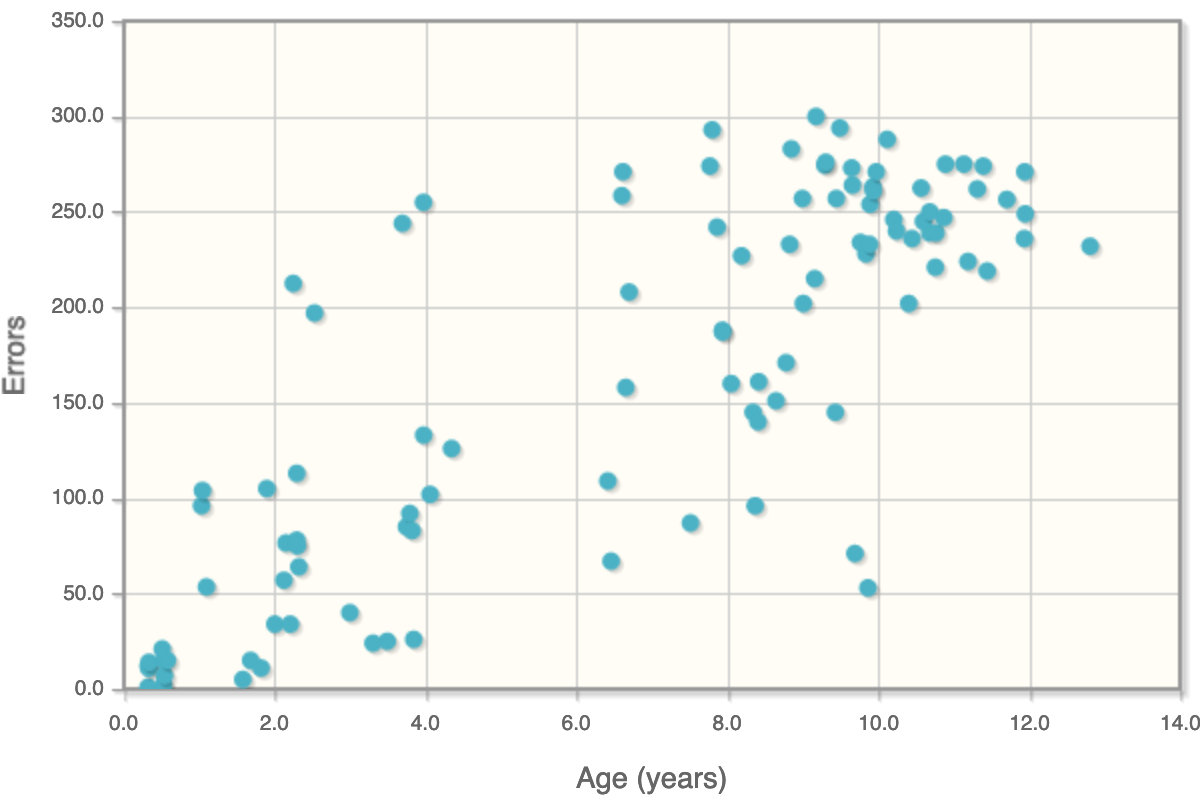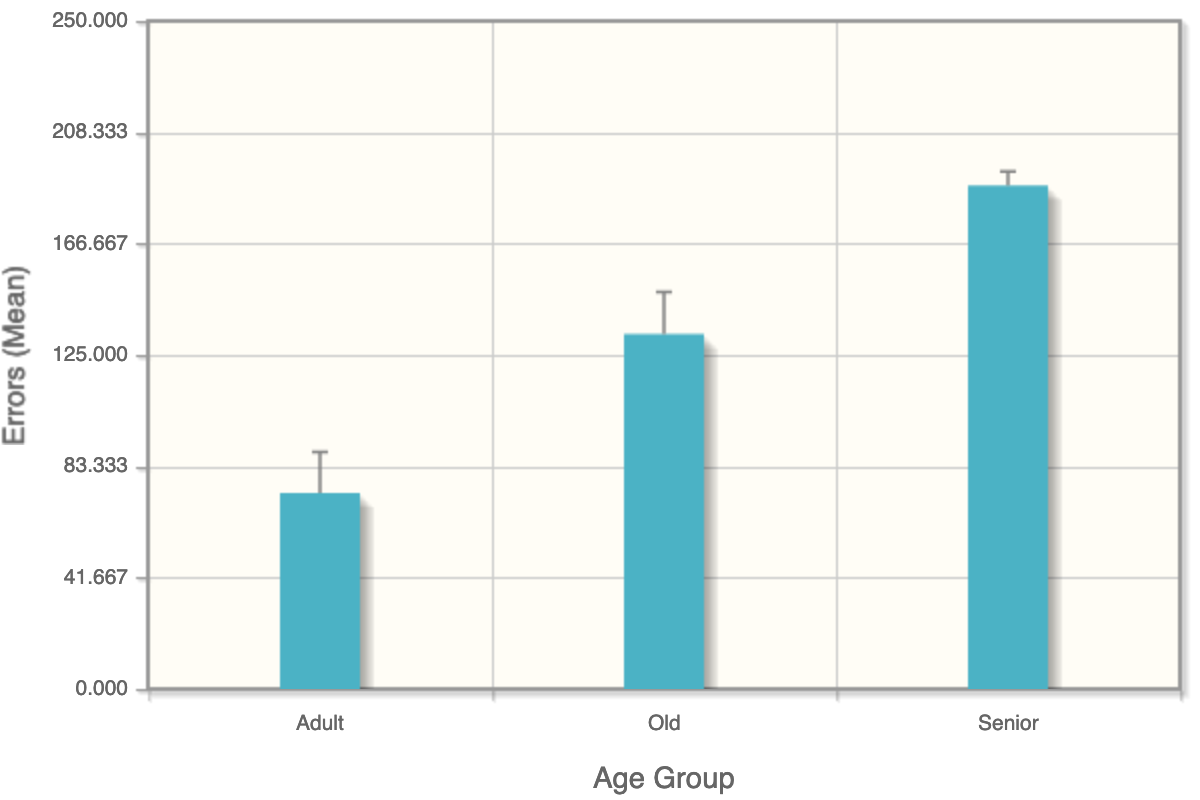 Aged Dog Models
Aged Dog Models
Cognitive Assessment
We have developed a battery of laboratory-based cognitive tests that can provide a general profile of cognitive ability in dogs and cats. All of the tasks require the subject to make a specific response, and if correct the animal is provided with a highly palatable food reward. In most cases, cat tests are the same as those used in dogs. Furthermore, cats, like dogs show age dependent decline in cognition, and clinically a percentage develop cognitive dysfunction syndrome.
Complex Learning and Memory
The delayed-non-matching-to-position task (DNMP) has been developed to assess both learning ability and memory. The task requires an animal to learn a general rule: to remember the location of an object and to subsequently respond to the object at a different location (the non-matching location). This is a particularly useful task because performance varies directly with age: young dogs learn the task rapidly; older dogs learn more slowly, and very old dogs may be unable to learn even with extensive training. Memory can be assessed by varying the time interval between the first presentation and the test trial. The longer the time interval (delay) the more poorly the animals perform.
Behaviour & Activity
We have developed several behavioural assays for the assessment of activity and movement which can be used to evaluate disorders such as musculoskeletal disease. These include:
- Assessment of activity using Actiwatch monitors in both the laboratory and clinical setting
- The open field measure of activity
- Measures of agility including the reaching test and the t-maze test
Behavioral Assays
Behavioral assays that do not entail learning and memory (i.e. non-cognitive) can be used to study agility and movement. We can provide the following in dogs and cats:
Open Field Activity
The standard canine and feline open field tests entail placing the animal in the open field arena and allowing the subject to freely explore the room over a fixed period of time. Movement is recorded using a video tracking system and trained personnel record behaviors of interest.
Actiwatch
The actiwatch is a monitoring device, sensitive to movement that can be placed inside a specially designed case and attached to a collar placed around an dogs neck. The actiwatch allows continual monitoring of general activity and can be used to both assess arousing effect of an NCE and also to monitor 24 hour activity and activity rhythms.
Motor Function
We utilize the following tests in order to assess motor functions in dogs:
- Agility - T-Maze
- Reaching
- Staircase test

